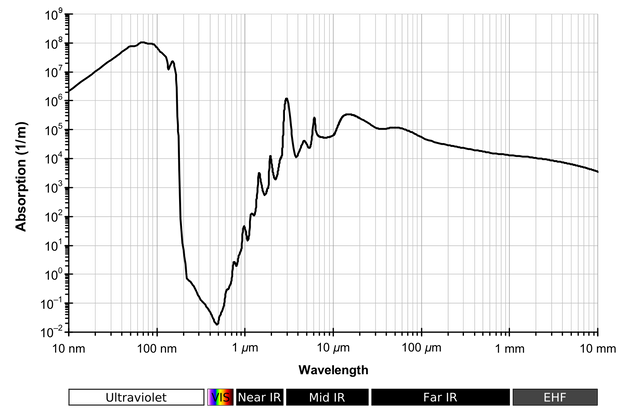You are viewing a single comment's thread from:
RE: DIY - Designing Optimum Wavelength LED Lighting to Turbo-Boost Plant Growth (or Inhibit It)
Your reef tank is presumably full of water. How did you adjust your lighting scheme for that?
https://en.wikipedia.org/wiki/Electromagnetic_absorption_by_water
The absorption in liquid water is minimal in the visible range and even in the lower infrared or upper ultraviolet. There are also many other various particulates in seawater but I'll ignore there negligible effect. The greater requirement for the reef tank is to ensure that the depth of the tank is accounted for to ensure sufficient penetration to the bottom (depends also on what is in the tank and where in the tank). This is accomplished with higher power LEDs, or putting optics on them to adjust the angle of the LED beam (typically about 90 degrees).. A wider beam for more coverage or closer to the water positioning in a shallower tank. Narrower for more penetration in a deeper tank or more coverage via greater distance from the water placement.
Liquid water absorption spectrum across a wide wavelength range.

Did that answer your question?
Sort of. I guess I was thinking about the stygian depths of the oceans. Is it the plankton soaking up all the light, or is the "negligible" absorption of the water because there's only a couple hundred gallons in a tank, vs the scary-huge amounts of water in lakes and oceans.
Given that plankton accounts for the majority of the Earths O2 production and it can literally be seen from space... I'm sure it's a combo of both but I'd wager mostly plankton.